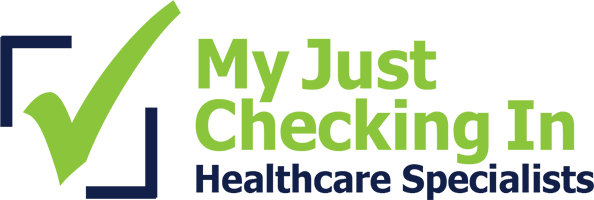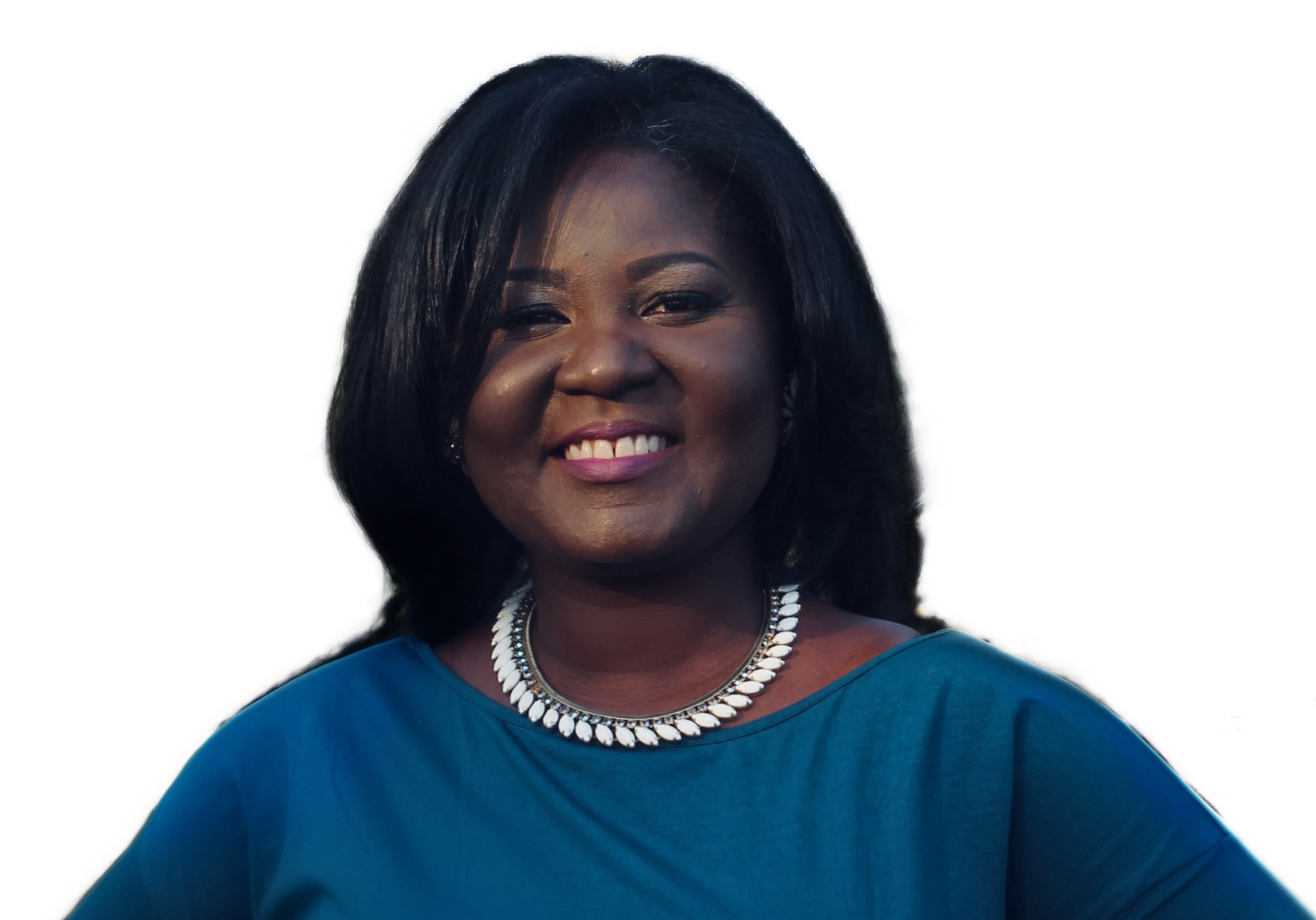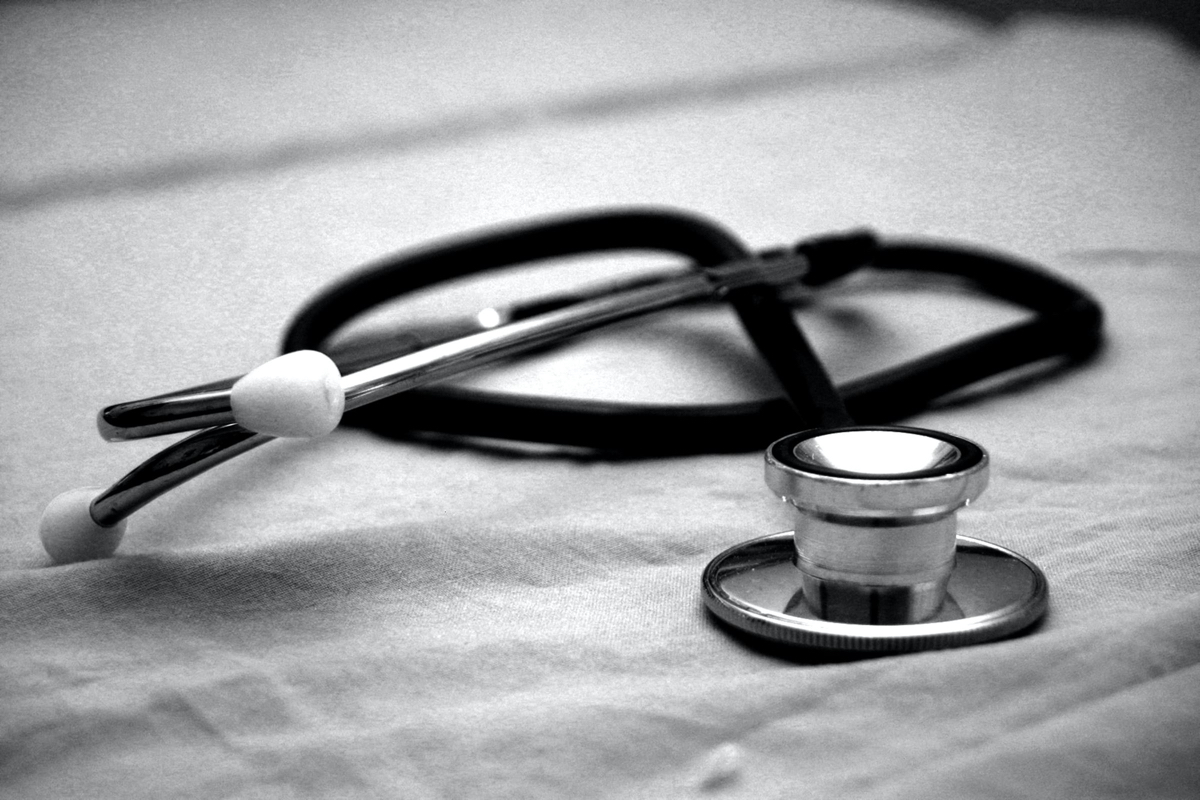
Do prescription drug monitoring programs hurt more than they help?
It was a warm summer in Maine but felt like a cold winter in the confines of the hospital building. I was seated next to a physician who was quietly working on a big screen monitor. It was a slow workday as I pondered tips and tricks to make the physician workflow efficient while training providers on implementing electronic health records. I stared at the computer screen and the physician was hard at work. She was ordering a controlled substance for a patient. She reviewed the prescription drug monitoring program database (PDMP) as required by law. The patient had high overdose risk scores.
We both paused. Was the patient drug shopping? The physician overrode the warning and prescribed the medication. She exclaimed, “These are false flags; the patient has a complex medical history and needs this medication.” That was a physician that thought outside algorithms, paid attention, and knew her patient. I started to feel discomfort with the processes for prescribing opiates.
Was the PDMP using a flawed algorithm in labeling patients?
My mind raced back to when I was under anesthesia for a tooth extraction. I had awakened unexpectedly in the middle of the procedure and, in my dreamlike state, needed to be restrained to undergo more sedation.
My wisdom teeth were out, and the team was ecstatic to find that there wasn’t any permanent nerve damage as it was a complicated extraction. I was given prescribed pain meds, but it wasn’t enough to manage my pain. My provider wrote me another script the following day. I went to the local drug store to fill the script, and after 20 minutes, the pharmacist approached me. He explained that he couldn’t fill the medication. I was bewildered, and he could see it in my eyes.
I didn’t sleep the night before because I was severely in pain; this medication would give me the relief that I desperately needed. I couldn’t grasp what was going on. I didn’t recall being prescribed opiates in the past. Was I labeled as a drug seeker? I shrugged off the thought and proceeded to explain to the pharmacist, who was standing at a distance but directly in front of me; my face was swollen, and I had gauze in my mouth, which was hard to communicate. Still, I managed to explain to him why I had been prescribed another medication to manage my pain. He wasn’t convinced and went back behind the counter. As I looked around, I could see shoppers staring at me. I urged the pharmacist to call the doctor’s office to confirm my story. After another 20 minutes, I received my script.
Was the pharmacist basing his analysis on a flawed algorithm?
The United States has an opioid prescribing algorithm statewide PDMP that gathers data on patterns on drug-seeking to reduce the opioid overdose crisis. In the Wired article “The Pain Was Unbearable. So Why Did Doctors Turn Her Away? “Author Maia Szalvitz explained, “There are state-level prescription drug databases – electronic registries that track scripts for certain controlled substances in real-time; it gives authorities a set of eyes onto the pharmaceutical market. The monitoring process follows the number of pharmacies a patient has visited, combinations of prescriptions received, and health care organizations visited.”
But the system overrides physician decisions and experience. It also creates a big brother system that is more akin to a scene from the book 1984 than what we have come to expect from interactions between ourselves and our medical providers. What generates a flag is unknown, and the results can create a confusing playing field for those in genuine need of medication. According to the article, “20% of patients that were flagged by the algorithm as drug seekers are cancer patients with complex medical treatment.”
Do we really need to put cancer patients on the same list as Walter White from Breaking Bad?
The future of medicine will be more and more reliant on artificial intelligence based on algorithms. The advancement of such technologies makes medicine more efficient but can also lead to false conclusions if doctors are too dependent upon technology. After all, even though it’s a computer algorithm, it was devised by a human. Like a social media platform, artificial intelligence using an extensive data system constantly grows and changes depending on the input. This means that physicians need to be aware, not rely solely on system conclusions and look for zebras.
Note: The anecdote in the first two paragraphs is a fictionalization of my real-world experiences. It’s not based on a specific case, and I am respectful of patients’ stories and HIPAA regulations. I have never worked or been to Maine, although it would be nice to visit.

The Race to Find Uses for Big Data
Smartwatch wearers: Have you checked your smartwatch lately? Did it tell you how many steps you have or how fast your heart is beating? How accurate is the information? What does that number mean for your overall health, and where do all of those numbers go after they are reported back to your computer?
The healthcare industry is under constant pressure to securely store patient information and still have it readily available to staff and consumers. However, only 20% of the data is used; what happens to the other 80%? How are we utilizing it effectively? We have collected data about almost every aspect of our lives, yet we face a situation where we are flooded with an unmanageable flow of data. Can we make a profit from the data to justify the storage of this data? If so, what are the ethical considerations to make?
"Big Data'' is the term often used to describe the large volume of information that has been collected in our digitally connected lives. It includes things like our blood pressure and how often we are stopped at a red light. The data is quickly becoming unmanageable and possibly even useless considering our current technology and current uses. Big data has to prove itself economically worthwhile for the growing costs of storage.
Finding new ways to use data can justify the added expense of storage, improve medical outcomes, and discover previously unknown linkages between a variety of variables.
From an innovation standpoint, companies like IBM, GE, and Amazon are in a race to build a system that will put this wealth of knowledge to good use. Traditional technologies like electronic health records (EHR) systems have been developed partly to make it easy to store data and create queries to pull information. These systems allow for easy access to pertinent patient information, reduce medical redundancy, and lower costs. EHR can also be used with artificial intelligence to find new information and make new conclusions about medical care for medical staff and information specialists.
However, the drive to monetize patient data must be done cautiously and with a keen eye on accuracy and quality. A survey by Deloitte found that "More than two-thirds of survey respondents stated that the third-party data about them was only 0 to 50 percent correct. One-third of respondents perceived the information to be 0 to 25 percent correct."
The accuracy of data in the measurements entered, and the quality of correlations found must be considered. In response to the inaccuracy of third-party Big Data, Deloitte recommends to their clients that firms be more prudent in purchasing and collecting information. This more skeptical view of data should apply adequate pressure for data collection bodies to go beyond the numbers to create actual value. The worth of the data is not just the digits; it is also how the information can be used to improve decisions in the C-Suite.
The opportunities provided by Big Data are expansive and potentially life changing. However, these opportunities must be evaluated holistically and not simply through a cost/benefit analysis. Data accuracy and data quality will be critical to creating better (and lower cost) patient outcomes.
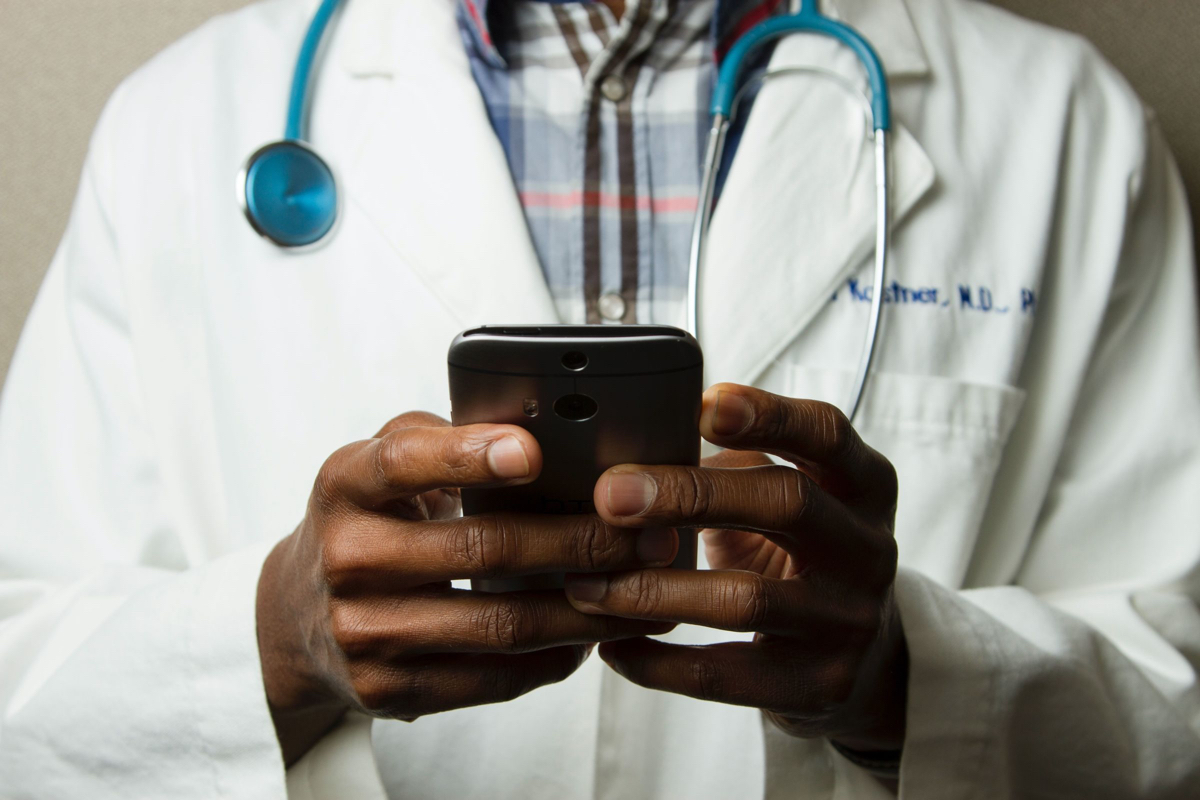
Innovation and the Ever-changing Role of the CMIO with Dr. Nathan Gause
This summer, I got the opportunity to interview Dr. Nathan Gause. I saw how passionate he is about serving his community and developing young African American physicians and scientists. He has excellent knowledge and a wealth of experience. I felt compelled to write about Dr. Gause and his dual role as an Orthopaedic Surgeon and Chief Medical Information Officer (CMIO) at the University of Missouri Health Care in Liberty, Missouri, a community of just over 30,000 in the suburbs of Kansas City, Missouri.
With the additional responsibilities of the CMIO role and the job’s evolving nature, do you think the position would eliminate requirements for patient care?
I’ve experienced both scenarios during my time as a CMIO. I find that each situation is unique and may require something different from the CMIO role. At the beginning of my time as a CMIO, I needed to remain clinical to build camaraderie with my colleagues. This proved essential as the health system was going through a transition to a new EMR. The medical staff needed to know that every decision I made affected me as much as it affected them.
As time went on and the EMR matured, it became less relevant if I practiced and more critical to perform as a change agent. However, I elected to still practice in a part-time fashion because of my love for orthopedics. I also recognized the importance of a minority surgeon for the community.
What innovation is keeping you up at night?
Interoperability is a formidable task within itself. However, I’m also cognizant that the topic is a piece of a much larger puzzle. I consistently ruminate over data management and analytics as our repositories grow daily. We are acquiring massive amounts of information. How do we make meaningful use of it to improve the quality of care? That’s a question I frequently ask. I also have a focus on mobile solutions to enhance throughput and agility with patient/provider interactions.
There is significant controversy in the lack of diversity in the Physician Population and the Surgical community. How do you feel about being a representative? What steps have you taken to grow the community of physicians?
I’d like to take a quick moment to point out that math has no opinion. In the field of orthopedics, less than 2% of practicing orthopedic surgeons are black. The data is irrefutable. If one takes the time to scan other medical specialties for diversity statistics, the results are comparable, unfortunately. I take great pride in being a representative and purposely remain visible to provide representation in a significantly lacking area. Diversity in background, experiences, and approach to problem-solving is immeasurably vital to the advancement of medicine.
Mentorship is my primary focus to improve the diversity of the medical field. Marian Wright Edelman said, “you can’t be what you can’t see.” I’ve taken this charge personally and make a purposeful, daily choice to live as an example for future medical leaders. As an assistant professor at the University of Missouri, I am involved in a plethora of opportunities to mentor students (high school summer internships, school of medicine admissions committee, boys and girls club of greater Kansas City, etc.). Recruitment by exposure is my strategy to grow the community of physicians and improve the abysmal diversity numbers.
You currently work in a community hospital. Why did you decide to make that move? Have there been any challenges that have accompanied this move? What have the benefits been in making the move?
My current hospital has a loose affiliation with the University of Missouri. I chose to specifically work here versus on the Columbia campus because I believe I can make a more significant impact in the Kansas City area as it pertains to diversity. There is a larger black community in Kansas City, which allows me to make a difference. There have been challenges with the move, as expected. This community hospital is situated in the Northland of Kansas City and is a relatively homogenous environment. As the only black physician on staff, I encounter daily opportunities. Yet, these opportunities are outweighed by the benefit of living in this city and the amount of access I have to make a real difference.
What do you see as the future?
Not sure I have an encouraging answer to this question. As it stands, I see a difficult future for my children and the generations to come. Systemic racism is pervasive and persistent in this country. With our current trajectory, it will be difficult for my offspring to be successful. Yet, I remain optimistic that good will prevail and the world will become a better place to live in.
From a technology standpoint, I believe the integration of AI will only enhance medicine, reduce medical errors and improve the quality of life overall. However, health care disparity will continue to be a challenge despite our advances if we don’t remain diligent in this area.
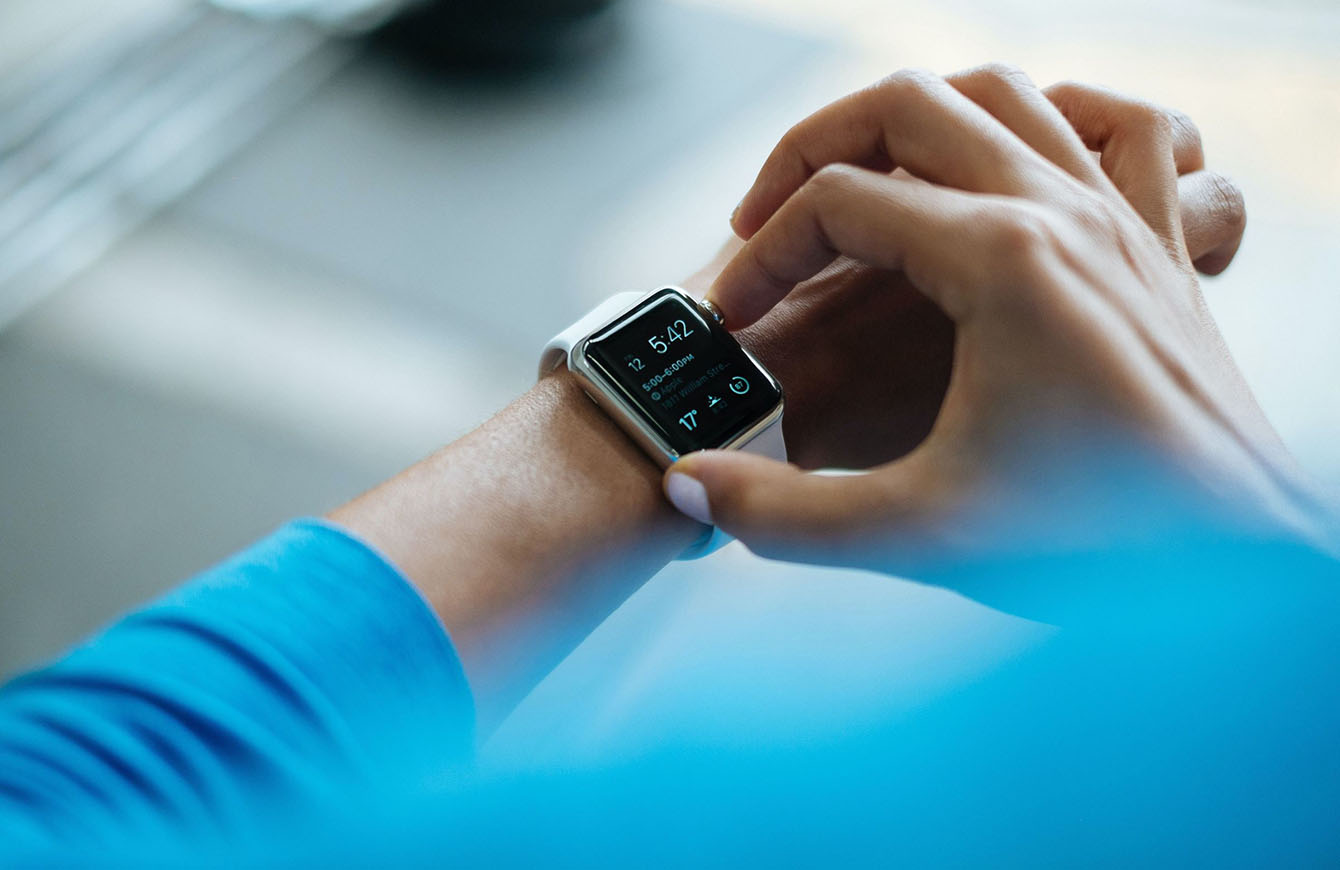
From Electric Fish to Smart Device EHRs: The Mind-blowing Evolution of Healthcare Technology
Fun fact: the first recorded use of electric stimulation to ease pain was in...get ready…CE 46! That’s right, nearly 2,000 years ago, ancient Roman writer Scribonius Largus described the use of torpedo fish, aquatic animals capable of electrical discharge, to heal. This system is still as common in healthcare settings as a conventional TENS Unit (transcutaneous electrical nerve stimulation). Similarly, many healthcare IT innovations (technological innovation, generally) are primarily foundation technologies updated to be used in powerful new ways. (Thankfully, fish are, based on my research, NOT involved in any technology roadmaps.)
The current age of healthcare innovation is being colored by new partnerships and cooperative agreements to meet changing consumer needs. Allscripts is jumping in deep with healthcare innovation by partnering with Microsoft cloud technology to develop a robust internet-based storage solution. This alliance allows both companies co-innovation opportunities. Allscripts aims to prioritize interoperability and data sharing of health information to be done securely while enhancing the patient experience and participating in value-based care reimbursement. Microsoft benefits from entering the healthcare IT space while minimizing risk by working with a known brand.
Furthermore, Allscripts has obtained several patents that will enhance and improve accessibility and delivery. One patent is a patient monitoring application that allows care teams and patients to interact directly via the electronic health records (EHR) messaging portal. Care providers have direct access to monitor patients' overall health, such as vital trends. Treatment teams can be automatically alerted when specific parameters are exceeded, allowing faster and more efficient care; patients will have the option to communicate their vital readings, such as glucose and blood pressure, to their healthcare providers. Again, improved quality of care while decreasing payer costs.
Apple is also making waves in the healthcare IT arena with its mobile health platform. Consumers can access their health records directly from their iPhone or Apple Watch to keep track of healthcare vitals that can be automatically updated into a health system's EHRs. Apple Health app allows easy access to patients’ medical records from multiple providers whenever they choose. Plus, the health records data is encrypted and protected with the user’s device passcode.
Epic Systems has announced its intention to integrate artificial intelligence/voice recognition features in its next-generation EHR. This would improve healthcare providers with increased writing efficiency. Think of an Amazon Alexa for your EHR. Cerner is making strides in pricing transparency and revenue cycle to make healthcare more cost-effective and personalize the cost of care more to consumers.
Companies have made multiple attempts in the past to develop healthcare technologies that allow people to use medical services from home. But, adoption has been a struggle. The issue has always been consumer demand for such tech. Covid-19 has changed all that, and in October of 2020, new services are paid for by insurance and Medicare. This has changed the technology drivers and created new enthusiasm and revenue streams for healthcare technology companies.

